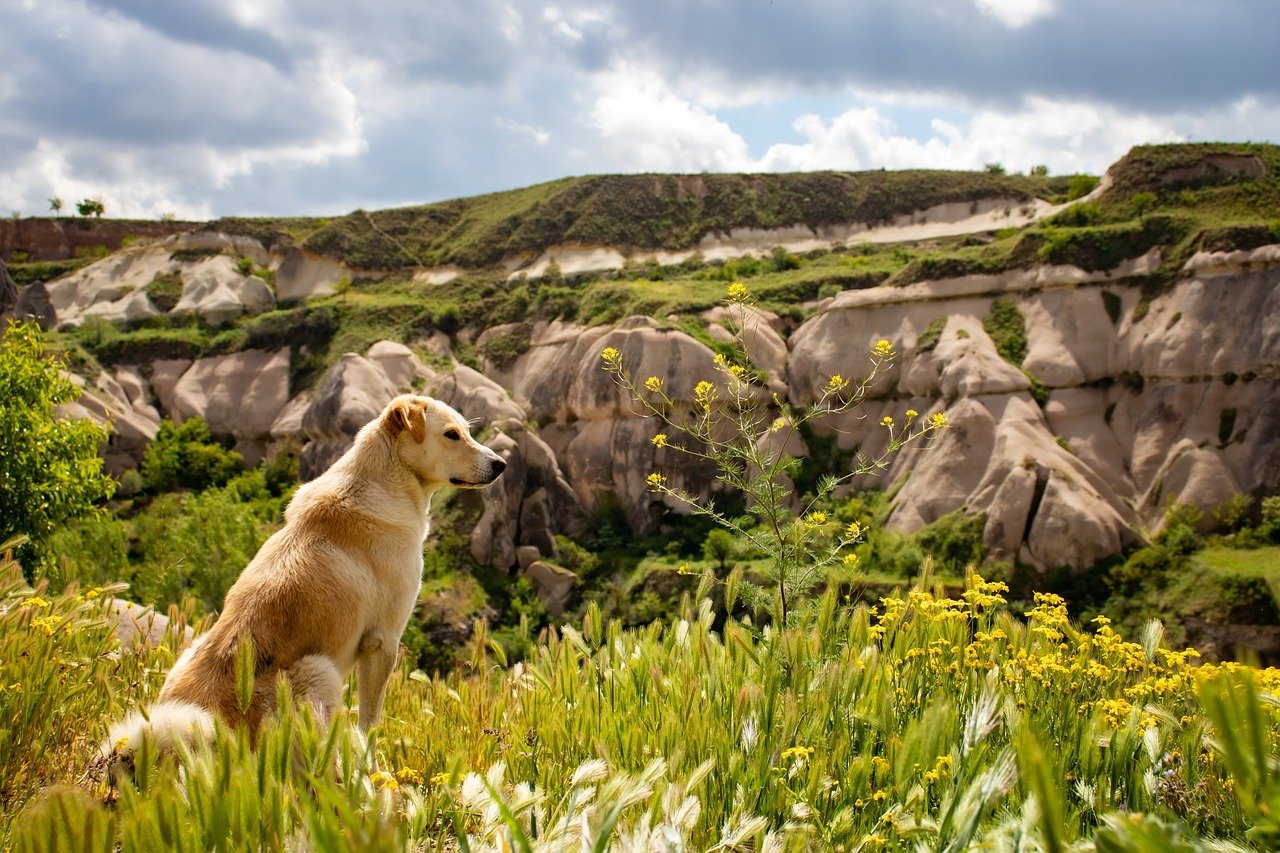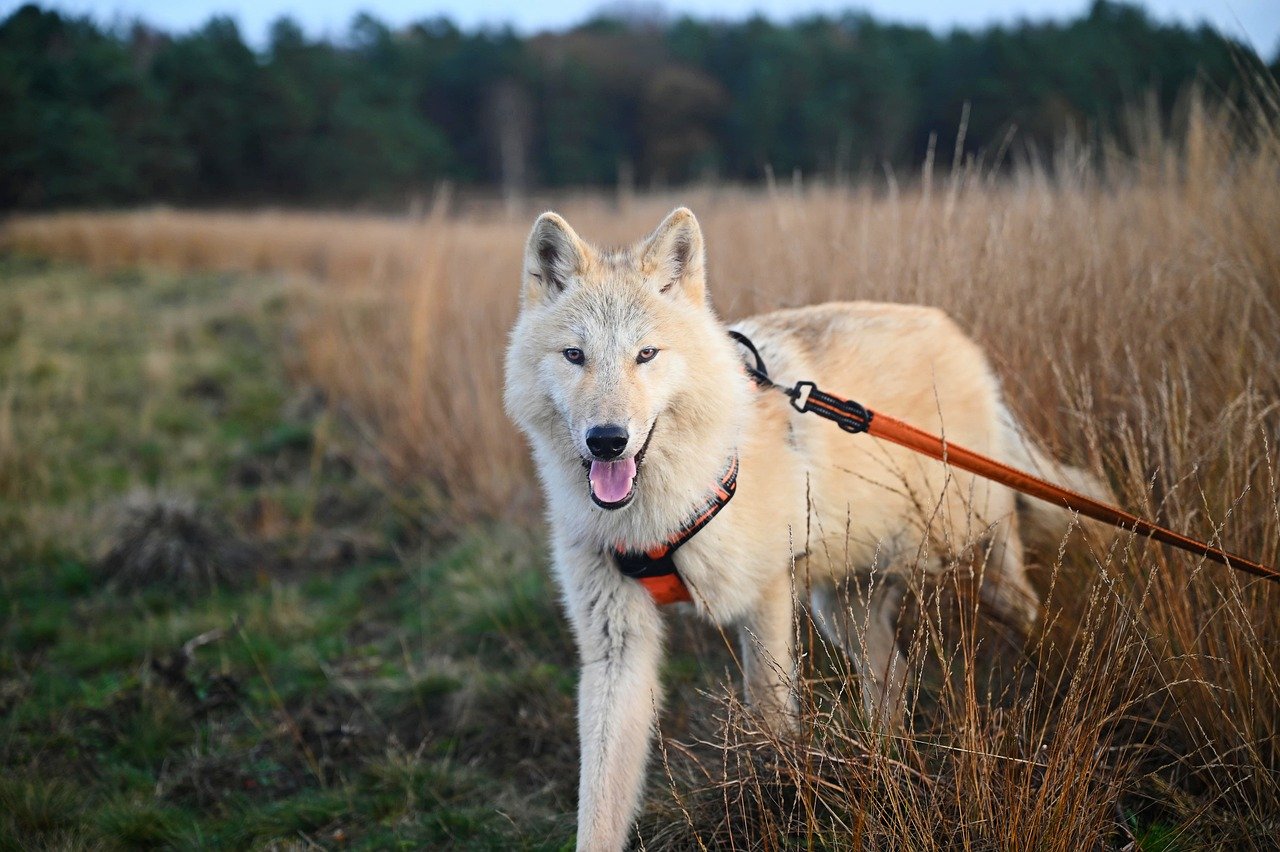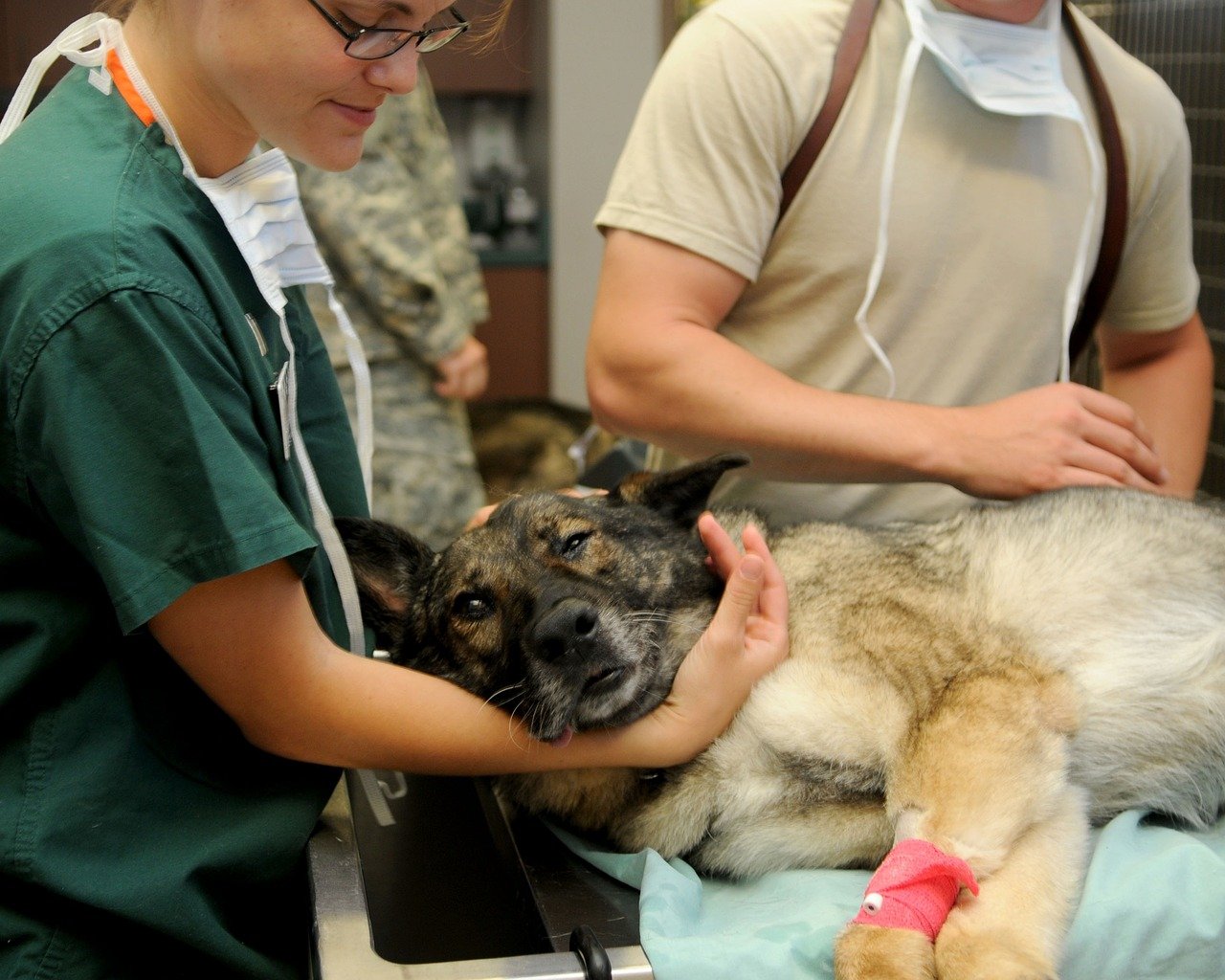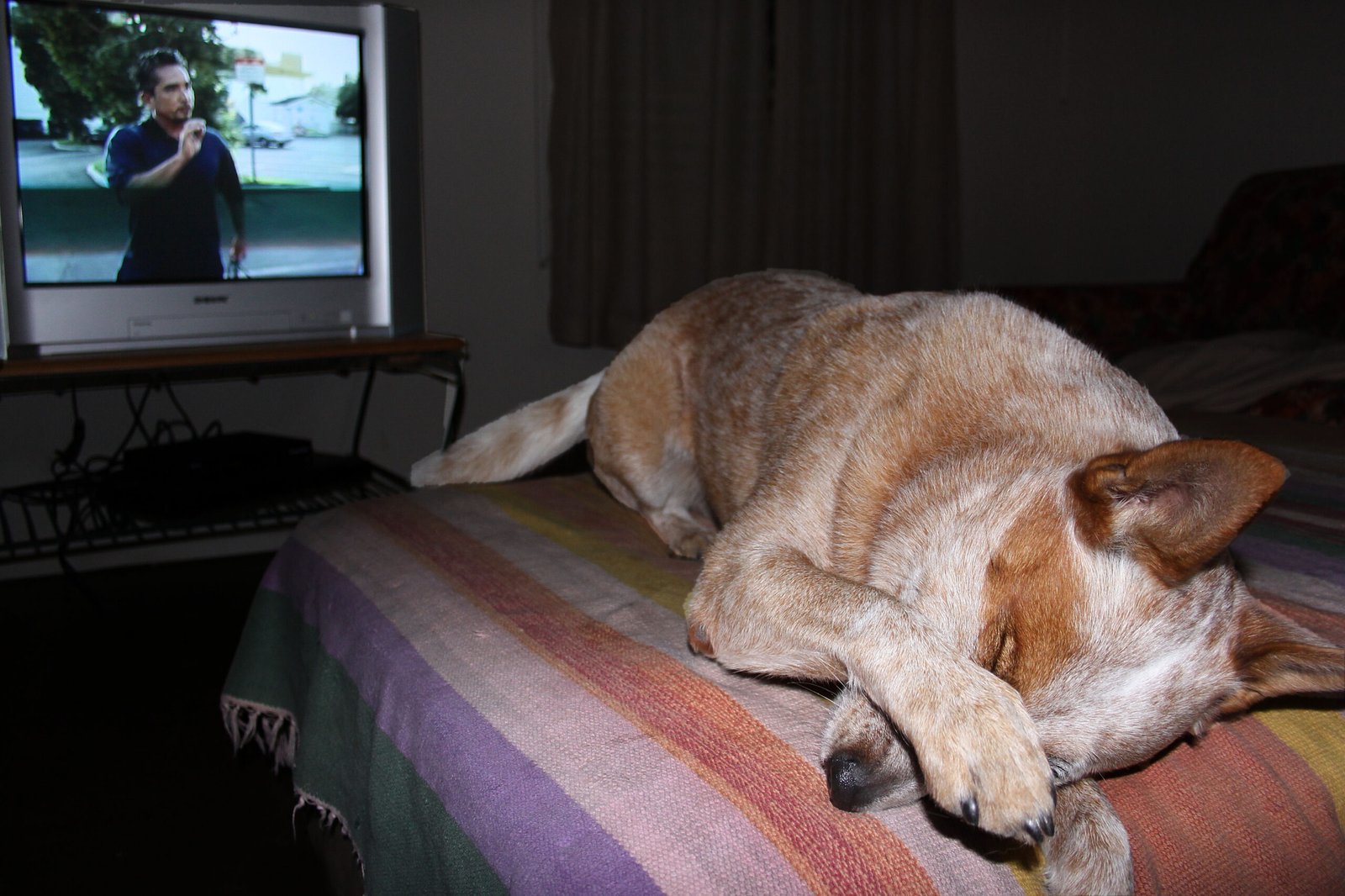Have you ever watched your big, goofy dog barrel through the house and wondered, “How do I keep this gentle giant safe?” Large dogs fill our lives with laughter, love, and sometimes a little chaos. Their size gives them a commanding presence, but it also comes with unique risks and responsibilities. If you’re a proud owner of a large breed, you know just how important it is to keep your furry friend safe and out of harm’s way. Let’s dive into the essential safety tips every big dog parent should know—because keeping your best friend safe is the most important job of all.
Dogs are pretty tough and often won’t let you know when something hurts—but that doesn’t mean they aren’t in pain. Instead of whining or limping, they might show it in quieter ways, like being less active, licking one spot repeatedly, or acting more withdrawn. These subtle signs can be easy to miss if you’re not sure what to look for. That’s why it’s important to pay attention to changes in their behavior or routine. Catching these quiet clues early can help you get your pup the care they need before things get worse.
Understand Their Physical Limits

It’s easy to assume that large dogs are invincible because of their impressive size, but they can be surprisingly fragile in some ways. Their joints and bones take more strain, especially as puppies or in their senior years. Over-exercising your big dog can lead to injuries like torn ligaments or sore hips. Always watch for signs of fatigue or limping, and don’t push them harder than they’re comfortable. Remember, a large dog may not show pain until it’s serious. Schedule regular vet visits to check for joint problems common in large breeds, like hip dysplasia. By understanding and respecting their physical limits, you’ll help prevent injuries that could take away their playful spirit. Every big dog deserves the chance to run and play safely, so keep an eye on their energy levels and adjust activities as needed.
Choose the Right Equipment

When you walk a large dog, flimsy gear just won’t cut it. Sturdy collars, harnesses, and leashes are absolutely essential to keep your dog under control—and to keep you and others safe. A harness that fits well can prevent neck injuries, especially if your dog likes to pull. Retractable leashes might seem convenient, but they often lack the strength needed for bigger breeds and can even cause accidents. Invest in high-quality, durable gear made to withstand the strength of a powerful dog. Always check for signs of wear and tear, and replace equipment at the first hint of damage. Remember, good equipment isn’t just about comfort; it’s about safety for everyone. Imagine walking a horse with a threadbare rope—you wouldn’t risk it, and you shouldn’t with your dog, either.
Supervise Interactions with Children and Other Pets
Large dogs can be gentle giants, but their size means they might accidentally knock over a child or startle a smaller animal. Even the sweetest big dog can forget its strength in a burst of excitement. Always supervise playtime between your dog and kids or other pets. Teach children to respect your dog’s space and avoid roughhousing. Introduce your dog slowly to new animals, watching for any signs of fear or aggression. Remember, a wagging tail doesn’t always mean your dog is happy—sometimes it’s a sign of nervous energy. It’s your job to mediate and create a safe atmosphere for everyone. With patience and guidance, your large dog can become a beloved friend to all, but never let your guard down during interactions.
Secure Your Home and Yard
Big dogs are great at finding trouble if given the chance. Their size allows them to jump fences, open doors, or even push through weak barriers. Walk through your home and yard with your dog’s perspective in mind. Are there gates that need stronger latches? Could your fence use reinforcement? Remove any toxic plants and block access to pools or ponds, as some large dogs are not natural swimmers. Inside, keep cleaning products, medications, and small objects out of reach—curiosity and a powerful nose can spell disaster. A secure environment gives you peace of mind and lets your dog explore without worry. Think of your home like a fortress, with your dog as the treasured king or queen who deserves the best protection.
Train Consistently and Early
Training isn’t just about teaching cute tricks—it’s about safety, especially for large dogs. A big dog that doesn’t listen can easily overpower an owner or cause unintended harm. Start training as early as possible, focusing on basic commands like “sit,” “stay,” and “come.” Use positive reinforcement such as treats and praise. Consistency is key; everyone in the household should use the same commands and reward system. If you struggle with training, don’t hesitate to seek help from a professional trainer who has experience with large breeds. Well-trained dogs are easier to control in emergencies and less likely to get into dangerous situations. Remember, a trained dog is a safe dog, and the time you invest will pay off every single day.
Monitor Their Diet Carefully
Large dogs have big appetites, but that doesn’t mean they should eat just anything. They are prone to obesity and certain health issues like bloat—a life-threatening condition where the stomach twists. Feed your dog high-quality food designed for large breeds, and avoid giving them table scraps or bones that can splinter. Stick to regular meal times and monitor their weight closely. Be cautious with treats and always read ingredient labels. If your dog inhales food too quickly, consider a slow-feeder bowl to prevent choking and digestive problems. Proper nutrition isn’t just about keeping your dog trim; it’s about extending their life and improving their quality of life. Treat their diet with the same care you would give a beloved family member.
Keep Up with Veterinary Care

Big dogs often face unique medical concerns that need regular attention. Annual checkups are a must, and sometimes more frequent visits are necessary as they age. Vaccinations, parasite prevention, and dental care should never be overlooked. Large breeds are at risk for specific conditions like heart disease, arthritis, and certain cancers, so early detection is critical. Talk to your vet about breed-specific screenings or supplements that can help keep your dog healthy. Keep a record of all vet visits, medications, and treatments. Don’t ignore small changes like a limp or lack of appetite—these can be early signs of bigger issues. A partnership with a trusted veterinarian is your best line of defense in keeping your giant friend feeling their best.
Be Mindful During Hot and Cold Weather
Temperature extremes can be dangerous for large dogs. In hot weather, they can overheat quickly because their size makes it harder to regulate body temperature. Provide plenty of fresh water and shade, and avoid walks during the hottest parts of the day. Watch for signs of heatstroke, such as excessive panting or drooling. In winter, large dogs might seem tough, but they’re still vulnerable to frostbite and hypothermia. Use dog-safe de-icer on walkways, and consider a coat for short-haired breeds. Always dry their paws when coming in from snow or ice to prevent cracking. Weather safety is about more than comfort—it’s about survival. A bit of preparation goes a long way in keeping your big companion happy and healthy throughout the year.
Travel Safely with Your Dog
Taking your large dog on the road can be an adventure, but it also requires special precautions. Never let your dog ride loose in the car; a sudden stop can turn your pet into a projectile. Use a crash-tested harness, crate, or barrier to keep your dog secure. Avoid letting your dog stick its head out the window—flying debris can cause injuries. Bring water, snacks, and your dog’s favorite toy to reduce anxiety. Plan for frequent breaks on long trips so your dog can stretch and relieve itself. Never leave your dog alone in a parked car, as temperatures can become deadly in minutes. Safe travel keeps the fun in your journey and ensures your dog arrives happy and unharmed.
Recognize Signs of Stress or Discomfort

Large dogs may not always express pain or fear in obvious ways. Learn to recognize subtle signs of stress, like excessive licking, yawning, or hiding. They might become clingy or suddenly aloof. Unusual behavior often signals something is wrong, whether it’s physical pain or emotional distress. Pay attention to how your dog acts in different environments or around new people and animals. If you notice changes, investigate promptly and consult your vet if needed. Addressing stress early can prevent more serious problems down the line. Think of yourself as your dog’s advocate—no one knows your big buddy better than you do.
Keeping your big pup safe doesn’t have to be complicated—it just takes a little awareness and planning. By following these tips, you’ll help prevent accidents and give your dog the freedom to enjoy life safely. Whether it’s securing your space, watching their joints, or using the right gear, every small step counts. A little prep goes a long way in protecting your gentle giant and keeping those tail wags coming!

Esther is from India; the heartbeat of South Asia, holding a Master’s degree in Zoology and a postgraduate diploma in Animal Welfare. Her enthusiasm for animal welfare drives her passion and dedication to working for animals, ensuring their well-being, and advocating for their rights. With a solid academic background and hands-on experience, she is committed to making a positive impact in the field of animal welfare. In her free time, she enjoys embroidery and sewing. As a Chennaite from Tamil Nadu, Esther loves Bharathanatyam, an Indian classical dance form.





